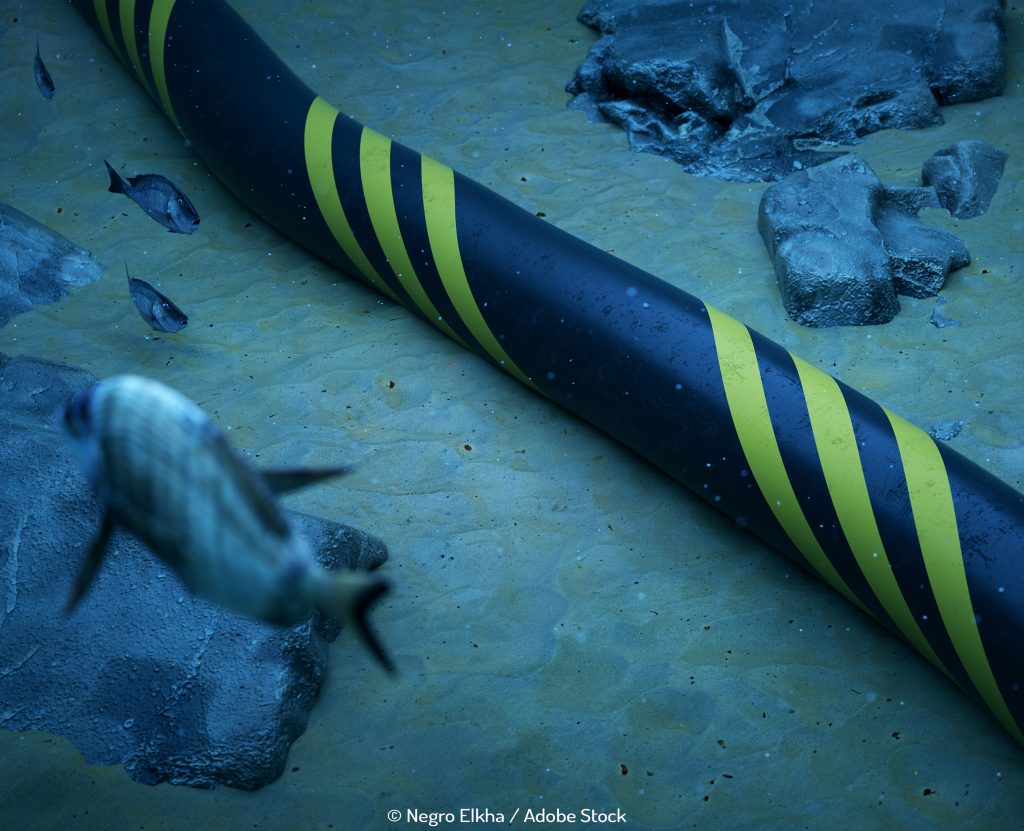
‘’Low carbon technologies the only way to reduce oil and gas emissions’’
Without a doubt, the O&G industry finds itself between a rock and a hard place. When asked what it can do to contribute to net-zero emissions by 2035, it did what it does best and proposed drilling the heck outta that rock. But unsurprisingly on the other side came a wave of criticism.
The BBC reported it thus: “A climate emergency has been declared and the world is fathoming out how to address it. And with the finger firmly pointed at the burning of fossil fuels, the oil and gas industry is at the heart of it. So, how do they respond? By saying “carry on”.”
Is that a fair surmisal? OGUK’s chief executive Deirdre Michie says: “Roadmap to 2035 shows an industry in action with a credible plan for the future. While we don’t have all the answers to the big challenges we face, we have started work on what we know can be done’’.
And that includes maintaining output at 1.1m bpd to reduce the need to import fossil fuels – which is what has really got environmental campaigners’ goat. Take Scottish Green MSP Mark Russell: “The science cannot be any clearer on this. Fossil fuels must be left in the ground’’.
OGUK is not alone in insisting oil and gas will be required for decades to come – the Committee on Climate Change, a body which provides independent advice to government on building a low-carbon economy, has predicted that UK demand would still be significantly more than the UK could produce. It argued in a report that – even with demand dropping by half by 2050 – around 70% of supply would need to come from other countries.
Both the Scottish and UK governments agreed to the CCG’s recommended targets for reducing emissions – net-zero for Scotland by 2045 and 2050 for the UK. Though environmentalists argue the best way to achieve this is to ‘leave fossil fuels in the ground’, the industry counters by saying investments in new technologies will help to counter greenhouse gas emissions. Greatest focus is on carbon capture, usage and storage (CCUS).
This involves storing emissions underground, which would involve the use of former oil and gas fields. Speaking at the Offshore Europe conference, Total CEO Patrick Pouyanne said it will be “fundamental” to the industry’s future and could present a new business activity if the North Sea can become “a giant cave of CO2 for Europe”.
The Intergovernmental Panel on Climate Change (IPCC)’s fifth assessment report states that globally it would cost 138% more to restrict the rise in global temperatures to no more than 2 degrees Celsius without CCUS. The Scottish government has fully supported the development of this as a whole-system decarbonisation system. It says that its depleted gas fields and aquifers offer vast CO2 storage potential – which could be used to Scotland’s advantage. One such example is re-purposing the carbon capture facilities at St Fergus, the existing gas sweetening plant.
Whilst accused of ‘overt lobbying’ from the likes of the WWF, Ms Michie said: “Roadmap 2035 offers a blueprint for how we can continue to meet much of the UK’s oil and gas needs from domestic resources, progressively reduce associated production emissions and develop economy-wide decarbonisation technologies. With 40,000 new people needed in our industry, a quarter of whom will be in roles which don’t currently exist, it is an industry with an exciting future’’.


